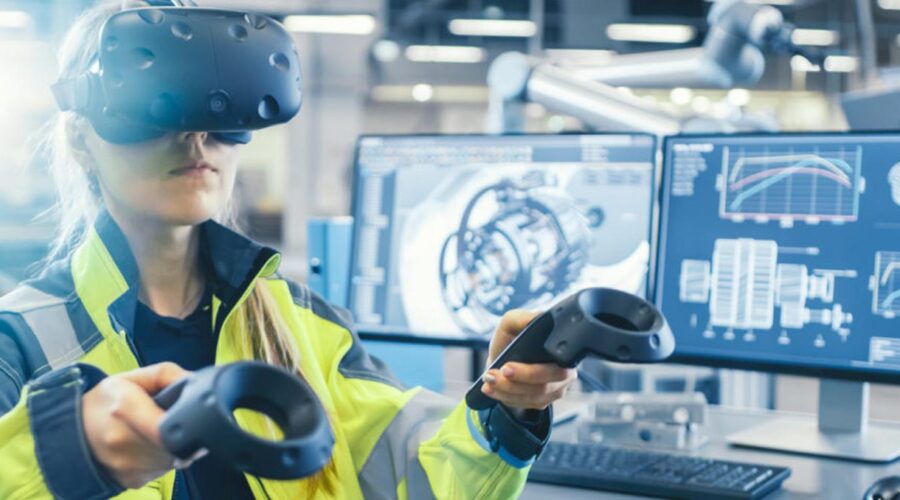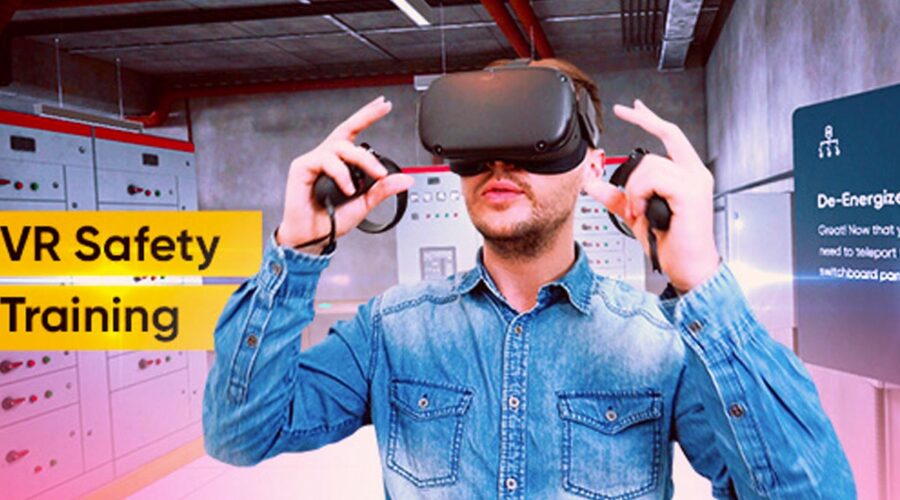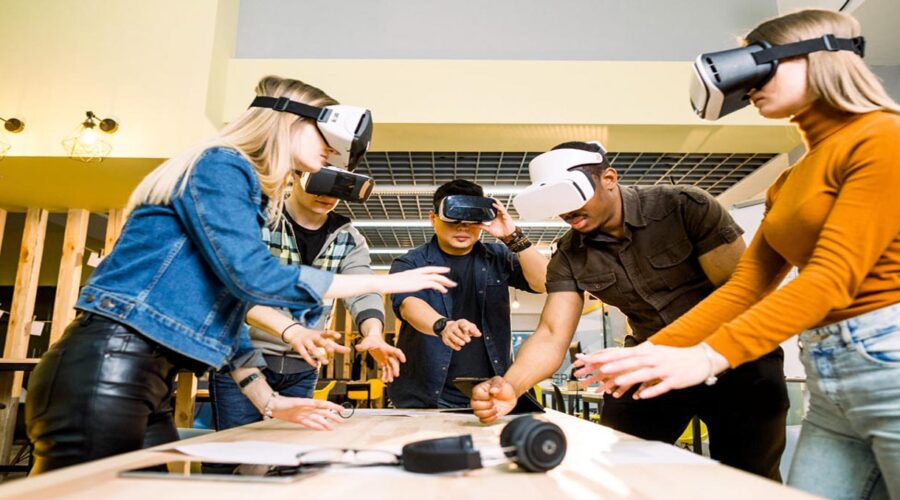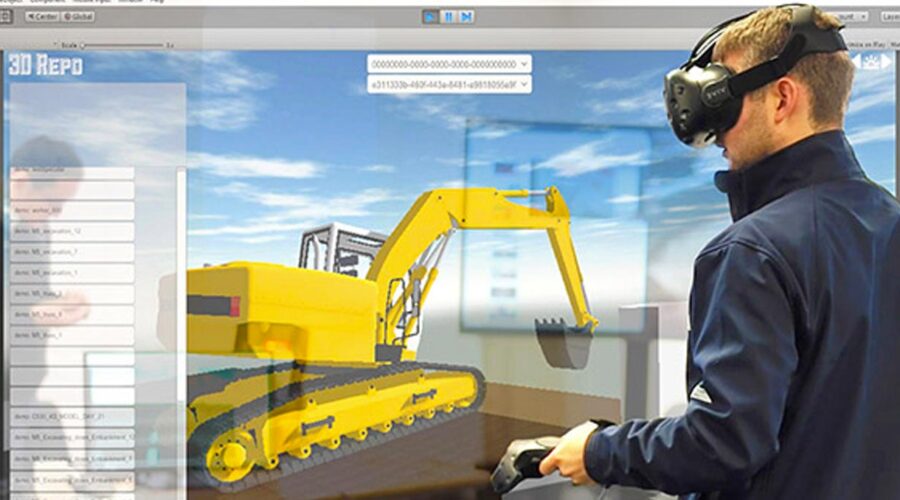Benefits of Using VR Training in Employee Development
VR training is an effective way to enhance employee development by providing an immersive, risk-free, and customizable learning experience. VR training is a cost-effective and efficient way to develop employees and improve their job-related skills. The benefits of VR training are numerous and can lead to better employee performance and increased job satisfaction.








